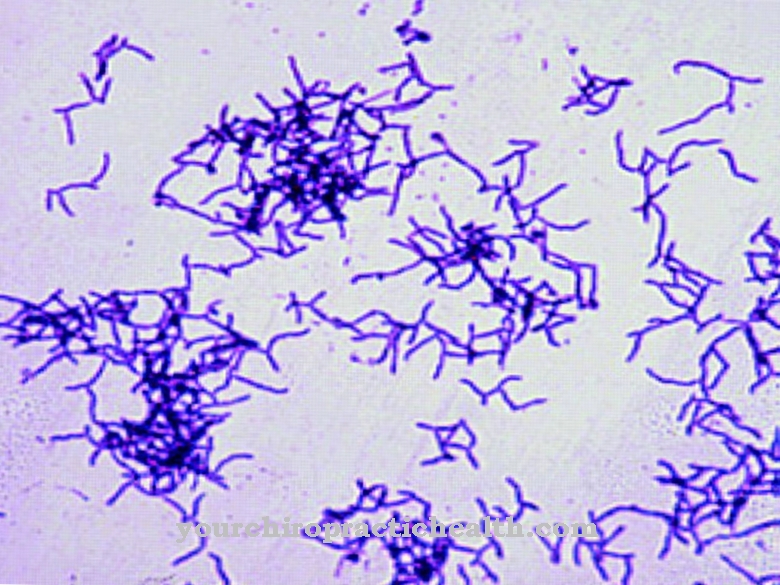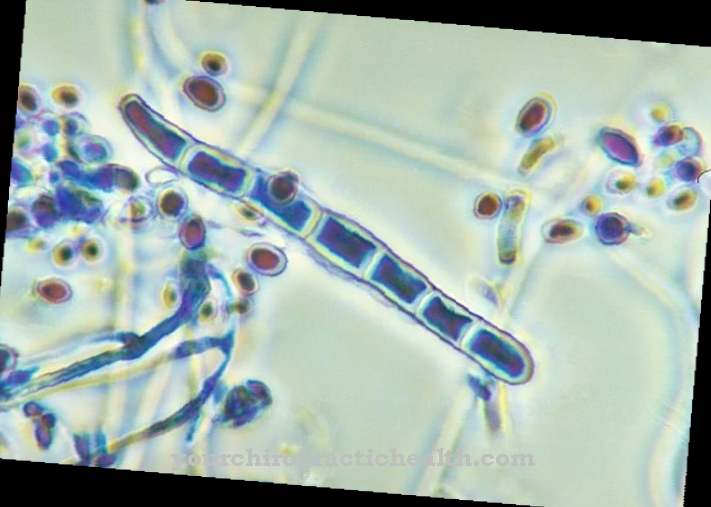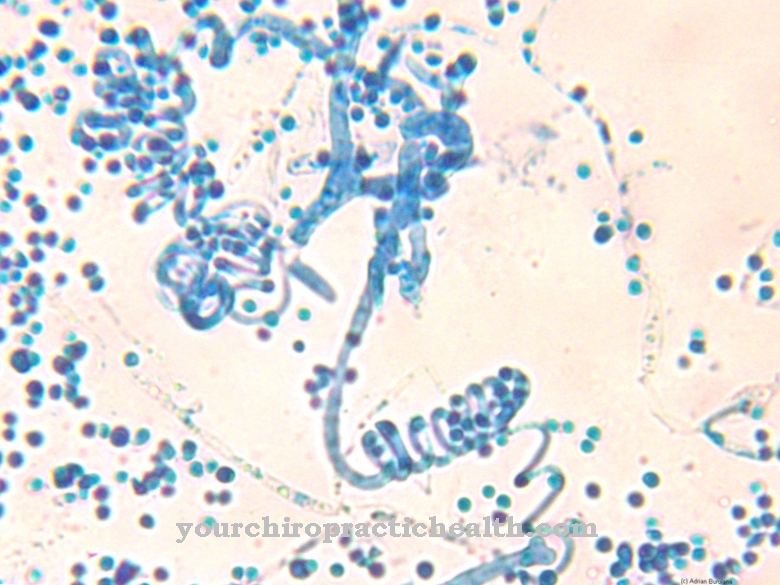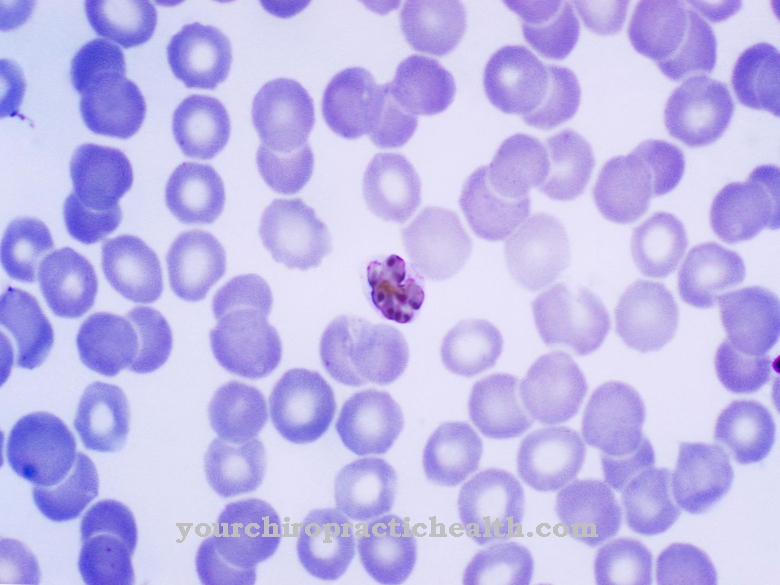The Rubella Virus only affects people and triggers rubella in them. This childhood disease is highly contagious, but when it occurs it leads to lifelong immunity. The rubella virus (also Rubella Virus) causes characteristic red patches of skin (exanthema) on the face and upper body as well as possibly fever and swelling of the lymph nodes. The pathogen is distributed worldwide. In countries with a high vaccination rate of more than 90 percent of all children (such as Germany), however, the disease rarely occurs. However, the rubella virus is dangerous if infected during pregnancy. Rubella embryo fetopathy can lead to severe malformations in the child and miscarriages. Worldwide, the annual number of children born with rubella embryo fetopathy is estimated at around 100,000.
What is the Rubella Virus?
Rubella viruses belong to the genus Rubivirus. You are the only representative there. Their family are the Togaviridae (Togaviruses), whose genome typically represents a single-stranded RNA of positive polarity. The genome is encased in a twenty-facet (icosahedral) capsid. The three structural proteins of the rubella virus are formed by the capsid protein and the two envelope proteins (E1 and E2). The virus particles of the togaviruses have a spherical shape. They are protected from the outside by a lipid membrane, the virus envelope. The structure of the virus surface is uniform. That is why there is only one serotype of the rubivirus.
The pathogens are passed on by droplet infection. Scientists give the infectiousness of the rubella virus as moderate (50 percent). The viruses preferentially attack the mucous membranes of the upper respiratory tract and penetrate the body there.
The first large increase occurs in the lymphatic tissue. The viruses are then released into the bloodstream. During the critical phase of pregnancy, the virus can now reach the unborn child via the placenta. The incubation period generally lasts two to three calendar weeks. One week before and after the first reddening of the skin, the sick person is considered a source of infection.
When the incubation period is over, red spots (efflorescences) usually appear on the face and often behind the ears, which are initially isolated. Later they expand to the upper body and extremities. Two to three days later these spots will regress again. Parallel to this course of the disease, a fever of up to 39 ° C occurs. In addition, there may be discomfort in the upper airways, conjunctivitis, headache and body aches as well as swelling of the lymph nodes on the head.
The abnormalities caused by the rubella virus can easily be confused with other diseases that also cause fever and rashes. These include three-day fever, measles, and scarlet fever. Typical symptoms do not occur in around 50 percent of rubella. In addition, the rubella virus can only be detected in relatively complex procedures, about the significance of which from a medical point of view there are even greater differences of opinion.
Occurrence, Distribution & Properties
Like all togaviruses, rubella attaches to the cell surface via certain specific receptors. A so-called endosome vesicle forms, which attracts the virus body.If the pH outside the cell is in the neutral range, the E1 protein is surrounded by an E2 coat protein. In the interior of the endosome, the outer sections of the E1 protein are then exposed at acidic pH. All the necessary preparations for the fusion between the endosome membrane and the virus envelope have been made. Eventually the capsid breaks down and the genome can be released. The complex molecular replication of the virus can begin.
So far, science has not yet been able to unambiguously determine the chemical principle according to which rubella embryo fetopathy works during pregnancy. Certain experiments suggest that the rubella virus could have a killing effect on specific cell types. This is what makes rubella infection so particularly risky during pregnancy. During the first eight weeks, the export of the rubella virus into the mother's abdominal cavity very often leads to damage to the embryo. In extreme situations, it can lead to a miscarriage. Dangerous premature births also occur again and again.
Illnesses & ailments
A wide variety of malformations can occur as a result of infection in the unborn child. For example, heart defects, opacities of the eyes and hearing loss in the inner ear occur here. These serious consequences are caused by infections in early pregnancy (around the fourth week). As the pregnancy progresses, the possible consequences of a rubella infestation weaken. Consequences such as reduced blood platelet count, liver and heart muscle inflammation, reduced head circumference and reduced body weight at birth come into question.
Infants with congenital rubella infection should be isolated as much as possible for the first six months of life. For safety reasons, special examinations of the nasopharynx and urine are regularly carried out on them.
In the clinical area, patients with rubella are generally isolated. In contrast, it is not absolutely necessary for people with rubella to be excluded from community facilities. However, the disease is generally notifiable.
Pregnant women are given a special vaccination with immunoglobulins, but this should be done within three days after suspected contact with sick or infected people. However, vaccination cannot provide reliable protection against infection. An antibody test for the rubella virus enables concrete measures to be taken to prevent damage to the baby later on.



























